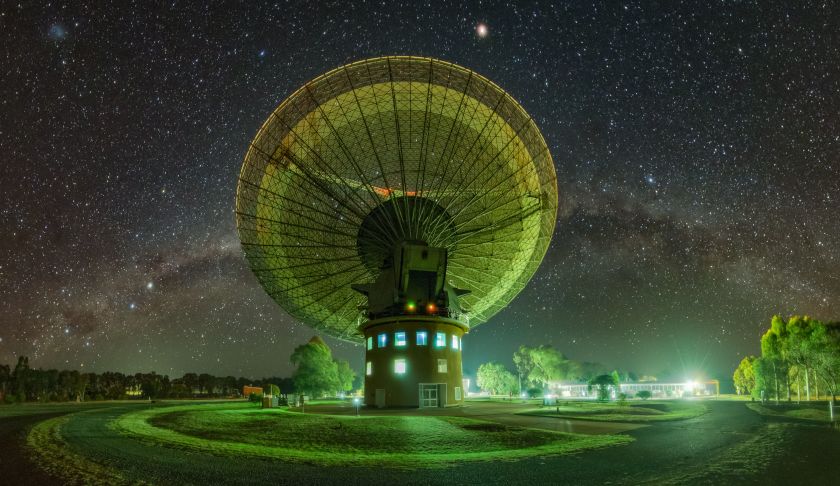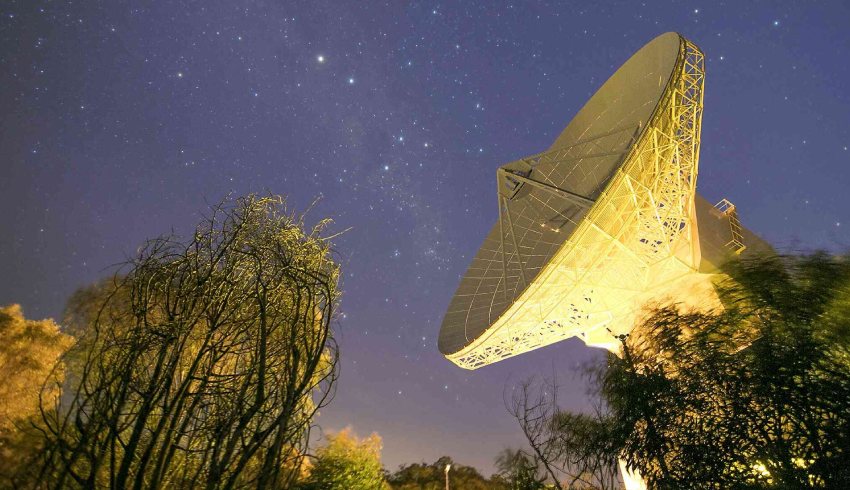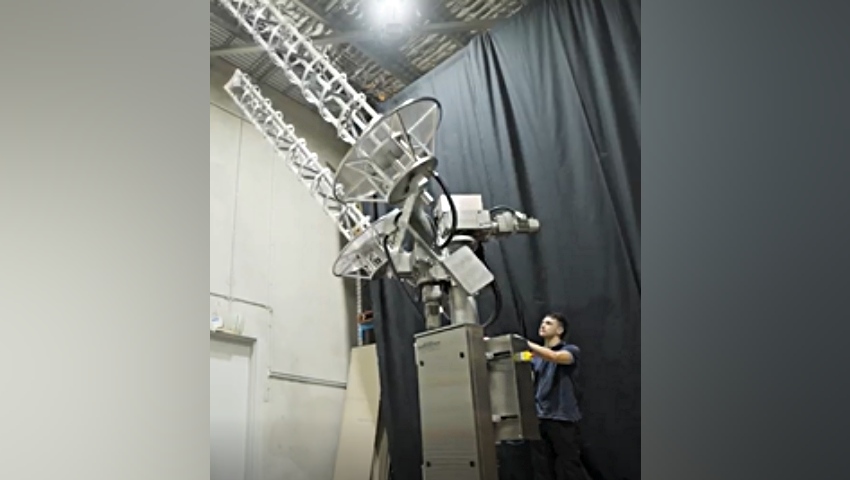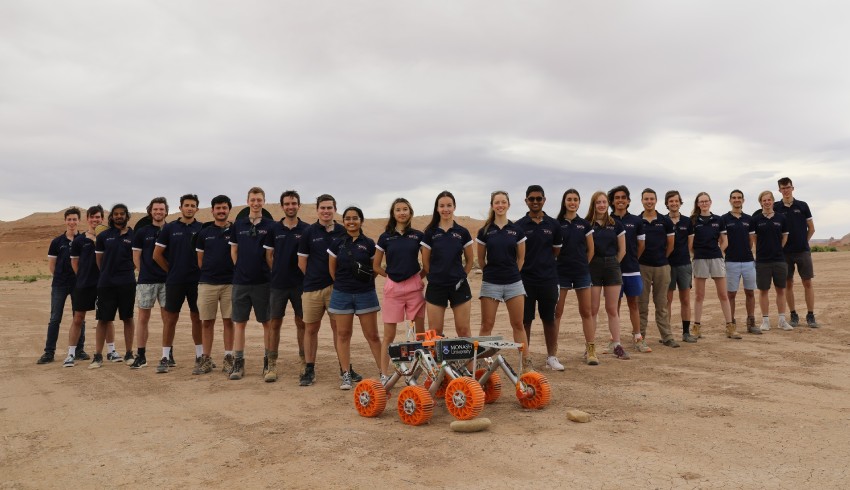
That was one of two projects announced late last week to deliver technology enhancements in Australia’s major radio telescopes.
The Australian Research Council Linkage Infrastructure, Equipment and Facilities (LIEF) grants have been awarded for the development of a new receiver for Parkes and a major upgrade for the Australia Telescope Compact Array near Narrabri in NSW.
Both are owned and operated by CSIRO, Australia’s national science agency, for use by astronomers in Australia and around the world.
A $1.15 million IEF grant will support a $3 million project to build a new and more sensitive receiver called a cryoPAF – cooled phased array field – for the Parkes radio telescope, which started operations in 1961.
Once complete, the new cryoPAF will sit high above the Parkes telescope’s dish surface and receive radio signals reflected up from the dish.
Its detectors will convert radio signals into electrical signals, which can be combined in different ways to enable the telescope to look in several different directions at the same time.
The cryoPAF will be cooled to minus 253 degrees to reduce noise in its electrical circuits, enhancing the ability to detect weak radio signals from the cosmos at frequencies from 700 MHz to 1.9 GHz.
The grant was led by the University of Western Australia, which will co-ordinate construction and commissioning of the cryoPAF. CSIRO will design, build and install the instrument.
There are five further research organisations involved in the project.
Professor Lister Staveley-Smith from the University of Western Australia node of the International Centre for Radio Astronomy Research (ICRAR) led the grant application.
He said cryoPAF had triple the field of view than the previous receiver, allowing faster and more complete surveys of the sky.
“The new receiver will help astronomers to study fast radio bursts and pulsar stars, and observe hydrogen gas throughout the universe,” he said.
CSIRO has previously designed and built innovative phased-array feeds for its ASKAP telescope in WA. A test version of the cryoPAF was used successfully on the Parkes telescope in 2016.
Director of CSIRO Astronomy and Space Science Dr Douglas Bock said that in addition to boosting the capabilities of the Parkes telescope, the cryoPAF receiver technology had the potential to create spin-off opportunities.
“Phased arrays have found extensive use in defence radar, medical imaging and even optical laser beam steering, with emerging applications in satellite communications and telecommunications,” he said.
“Their further development at radio wavelengths has technology applications beyond radio astronomy with the potential to fuel the growth of space-related industries here in Australia.”
A second LIEF grant, worth $530,000, will support a $2.6 million upgrade of the Australia Telescope Compact Array.
The existing digital signal processor will be replaced with a GPU-powered processor to double the bandwidth of the telescope’s signal electronics.
The project is being led by Professor Ray Norris from Western Sydney University, working closely with CSIRO and seven other university partners.
Professor Norris said the upgrade would enable Australian researchers to address major challenges in our understanding of the universe and make more discoveries, across broad areas of astrophysics.
“The upgrade will enable the telescope to study radio counterparts to gravitational wave sources and it will enable it to make detailed observations of initial discoveries made with the Australian Square Kilometre Array Pathfinder and other Australian telescopes,” he said.
Receive the latest developments and updates on Australia’s space industry direct to your inbox. Subscribe today to Space Connect here.









